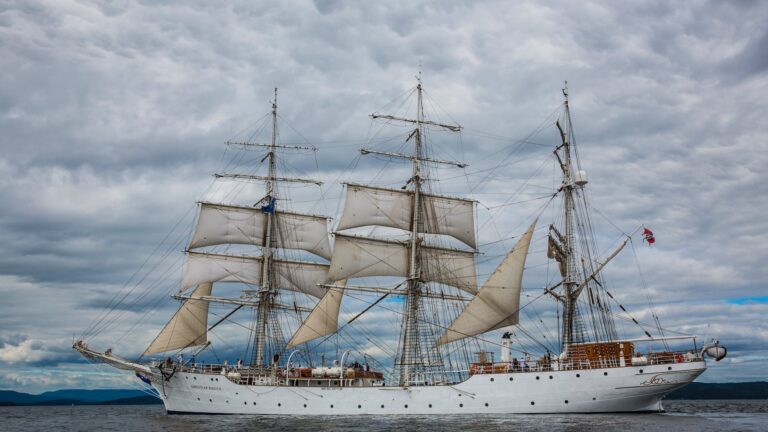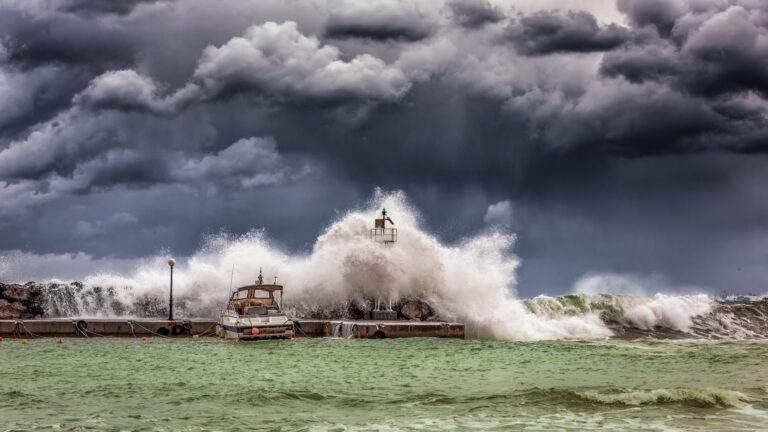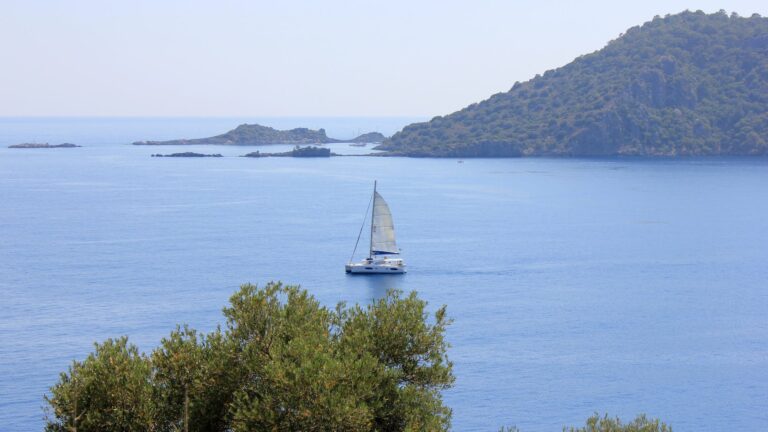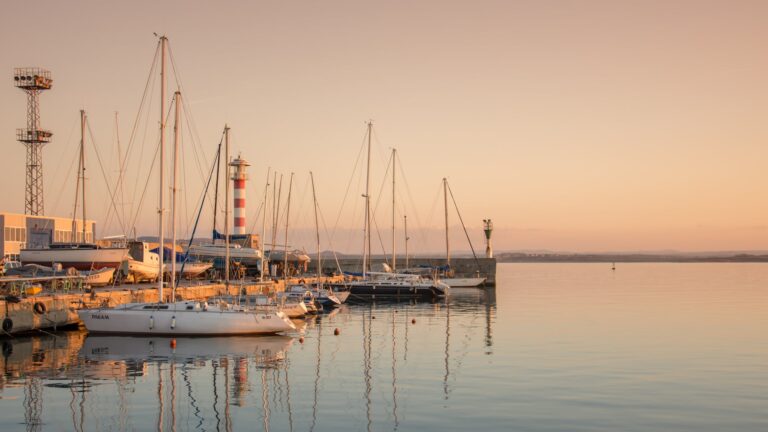What are the 5 major wind zones?
Introduction
- Definition of Wind Zones
- Overview of the 5 Major Wind Zones
- Polar Easterlies
- Westerlies
- Horse Latitudes
- Trade Winds
- The Doldrums
- Benefits of Knowing the Wind Zones for Sailing
- How to Analyse and Utilise Wind Zones While Sailing
- Wind Zones and Climate Change
- Conclusion
Introduction: Understanding the Major Wind Zones of Earth
The Earth is home to a variety of different wind zones that can have a major impact on sailing conditions, weather patterns, and climate change. To understand these important factors, it is essential to gain an understanding of the five major wind zones found on Earth: polar easterlies, westerlies, horse latitudes, trade winds, and the doldrums. This article will provide an overview of each wind zone and explain how they can affect sailing conditions and climate change.
## Definition of Wind Zones
Wind zones refer to large-scale patterns of air circulation that span across the globe in both hemispheres. These wind zones are created by a number of factors including pressure systems, temperature gradients, landmasses, and Earth’s rotation which all combine to create different prevailing winds in different areas around the world. In order to be considered a ‘wind zone’, these large-scale air movements must have specific characteristics including direction, speed and pressure in order for them to be classified as a certain type of wind zone.
## Overview of the 5 Major Wind Zones
The five major wind zones on Earth include: polar easterlies, westerlies, horse latitudes, trade winds and the doldrums.. Each zone has unique characteristics which makes it unique from other wind zones around the world. Let’s take a look at each one separately in more detail:
## Polar Easterlies
Polar easterlies are found near both poles in both hemispheres (north and south). These winds blow from east to west across the poles at an average speed of 10-20 knots (18-37 kilometers per hour). This type of wind is caused by cold polar air masses meeting warm equatorial air masses which create a powerful pressure gradient resulting in strong winds blowing across the poles from east to west. Polar easterlies are most prominent during winter months when cold temperatures create higher pressure resulting in stronger winds than normal during this time period. These winds can be especially hazardous for sailors as they often come with sudden gusts that can cause problems with steering or sail handling if they are not prepared for them beforehand.
## Westerlies
Westerlies are located between 30°N and 60°N (north) or 30°S and 60°S (south). These winds blow from west to east at an average speed between 8-20 knots (14-37 kilometers per hour). They are caused by high pressure systems over landmasses such as Siberia or North America which create a pressure gradient resulting in strong westerly winds blowing across these areas from west to east throughout most parts of the year except winter months when polar easterlies become more pronounced.. These winds can provide great sailing conditions for experienced sailors as they usually blow steadily throughout most parts of the year creating good sailing conditions for long journeys across oceans or seas if you know how to read them properly beforehand.
## Horse Latitudes
Horse latitudes are found between 30°N and 30°S near both poles in both hemispheres (north and south). These regions experience little or no wind due to their location near both poles where there is little difference between temperatures resulting in no pressure gradient being created which causes no significant winds in these areas.. This lack of wind can cause problems for sailors who may get stuck if they don’t have enough fuel or supplies onboard their vessel since there is no natural force pushing them along like there would be with other types of wind zones such as trade winds or westerlies.. It’s important that sailors preparing for trips through horse latitudes plan ahead by stocking up on fuel and supplies before entering these areas so that they don’t get stuck without any way out!
## Trade Winds
Trade winds are located near 0°N or 0°S near equatorial regions in both hemispheres (north and south). These winds blow from east to west at an average speed between 8-20 knots (14-37 kilometers per hour) due to high pressure systems over landmasses such as Africa which creates a pressure gradient resulting in strong trade winds blowing across these areas from east to west throughout most parts of the year except winter months when polar easterlies become more pronounced..These steady consistent trade winds make ideal sailing conditions as they allow sailors to travel long distances while not having too much trouble with steering or sail handling if they know how to read them properly beforehand.. It’s important that sailors plan ahead when travelling through trade wind regions as these consistent winds often cause rapid changes in sea levels which can cause problems for inexperienced sailors who may not be prepared for such sudden changes!
## The Doldrums
The doldrums are located within 5°N – 5°S near equatorial regions in both hemispheres (north and south). This region experiences little or no wind due its location along the equator where there is little difference between temperatures resulting in no pressure gradient being created which causes no significant winds even during peak summer months., making it difficult for ships travelling through this region unless they are equipped with sails specifically designed for light air sailing conditions.. Sailing through doldrums requires skills such as reading currents effectively so that you can take advantage of any slight shifts in current direction that might help push your vessel forward while avoiding areas with dead spots where you could get stuck without any way out!
## Benefits Of Knowing The Wind Zones For Sailing
Knowing about each type of major wind zone on Earth provides numerous benefits for those who sail regularly or plan on making long voyages across oceans or seas.. Having knowledge about different types of prevailing winds allows you to better predict what kind of sailing conditions you will encounter on your journey so that you can prepare appropriately beforehand with adequate fuel supplies, navigational tools, etc.. Additionally knowing about different types of prevailing seas allow you to adjust your course accordingly so that you can take advantage of beneficial sails while avoiding areas with harsher sailing conditions such as strong headwinds or dead spots caused by horse latitudes and doldrums respectively… Knowing about different types of prevailing seas also gives you insight into how weather patterns form around different parts of the globe so that you can better predict how sea levels might change throughout your voyage allowing you to adjust your course further if necessary!
## How To Analyse And Utilise Wind Zones While Sailing
Analyzing each type major wind zone while sailing requires an understanding three main components: direction, speed, & pressure., Direction—Winds will typically blow predominantly from one direction meaning it is important that you know what direction this might be before setting off on your voyage so that you can adjust your course appropriately; Speed—Knowing how fast each type major wind will typically move allows you plan out when & where best take advantage certain favourable sails; Pressure—Knowing about atmospheric pressures over landmasses & other geographical features allows predict weather patterns more accurately & determine what kind sails best suit certain kinds weather patterns! Utilizing all this information effectively will enable make decisions based on current data rather than intuition allowing make informed decisions while out at sea!
## Wind Zones And Climate Change
Wind zones play an important role when it comes climate change since different types major prevailing sea affect climate differently depending on their composition & speed., For example polar easterly & westerly breezes contain colder air masses than other types major prevailing seas meaning they have cooling effects during summer months while trade & doldrum breezes contain warmer air masses meaning they have warming effects during winter months., So understanding how each type major prevailing sea affects climate differently allows us better predict future climate scenarios & develop plans accordingly!
## Conclusion
In conclusion understanding each type major prevailing sea found across Earth essential becoming skilled sailor who knows how read currents & adjust course accordingly regardless situation., Additionally knowing about different types major prevailing seas also helps us better predict future climate change scenarios allowing us develop plans accordingly ensure safety all those out at sea!







